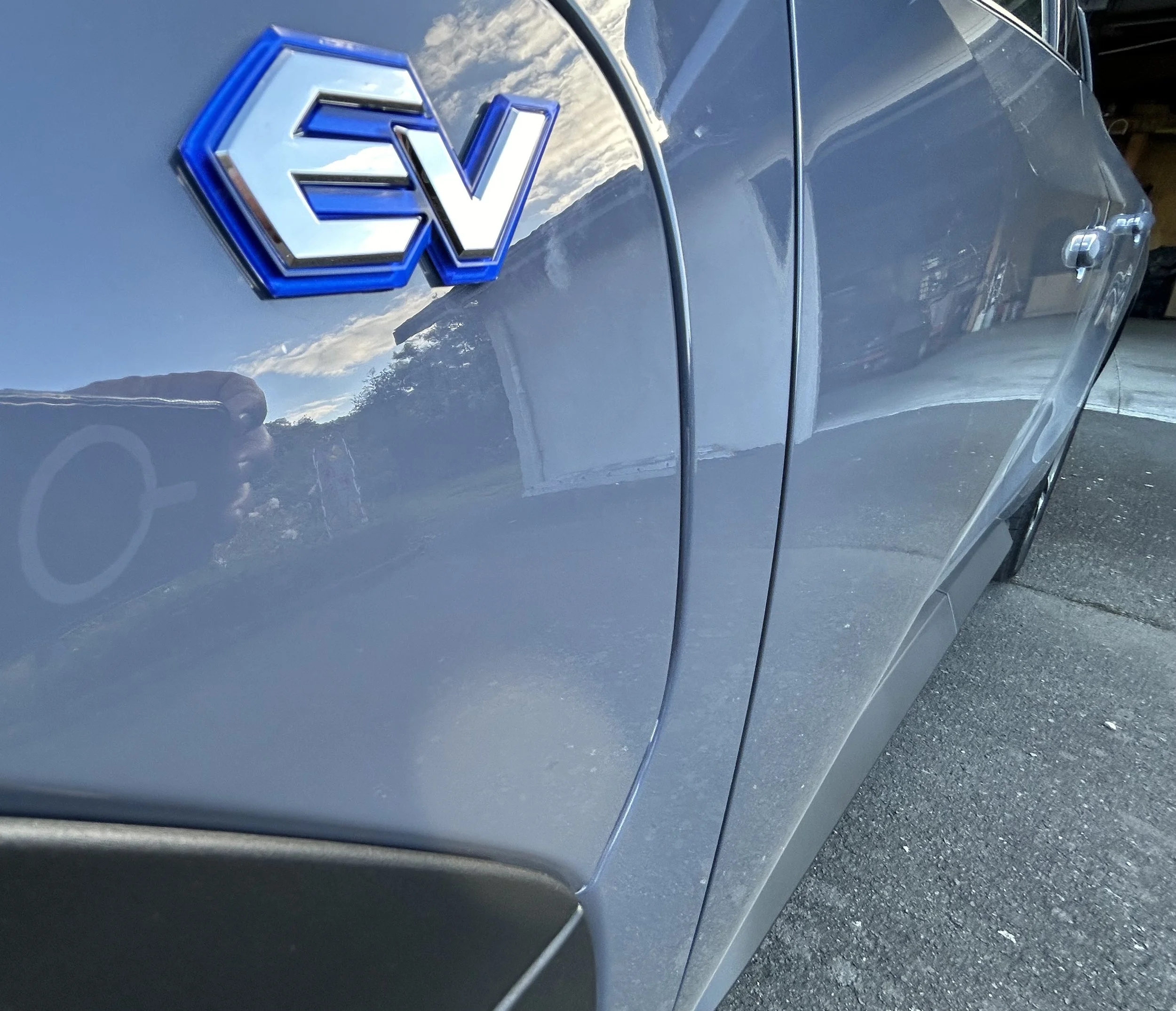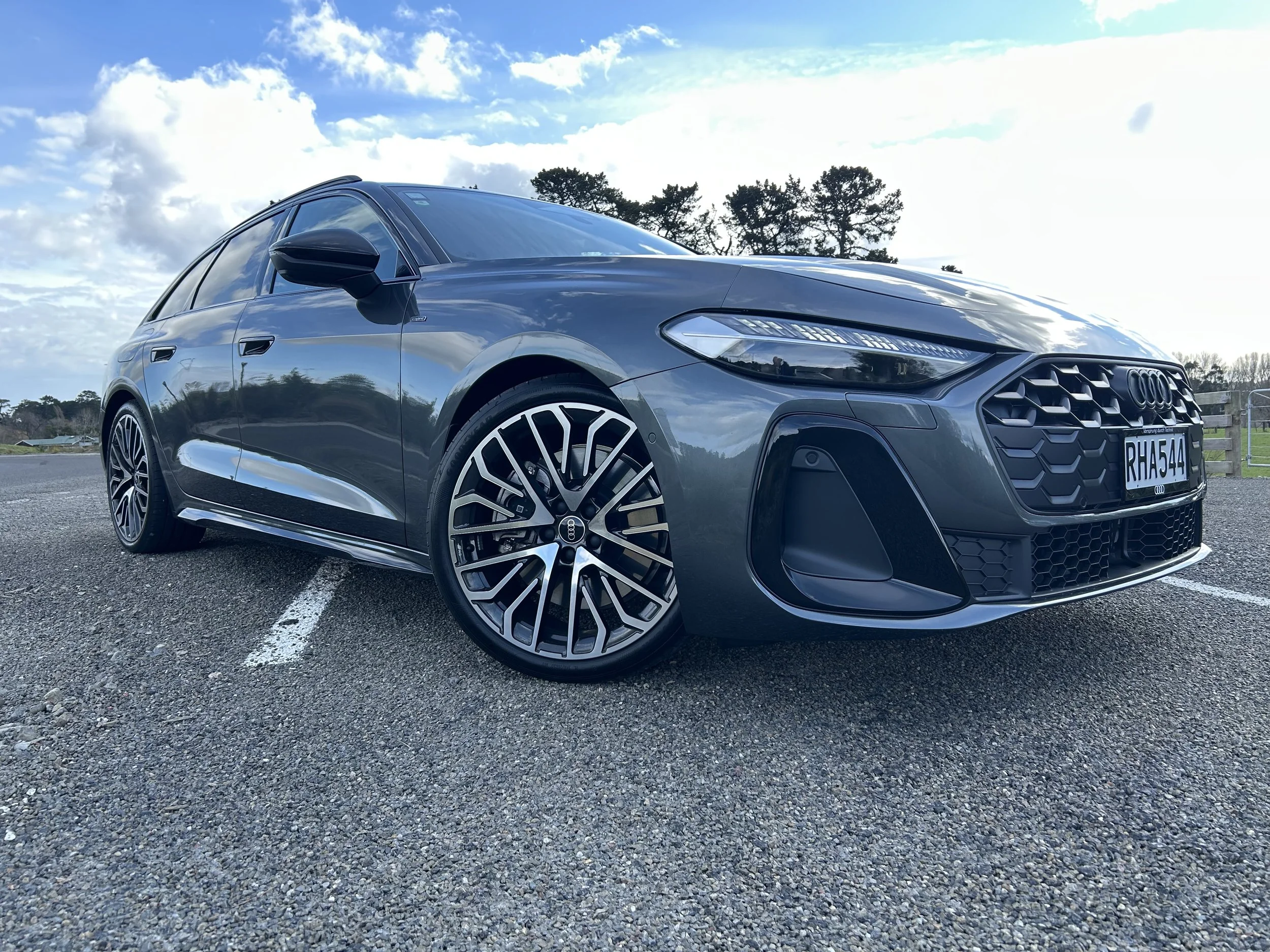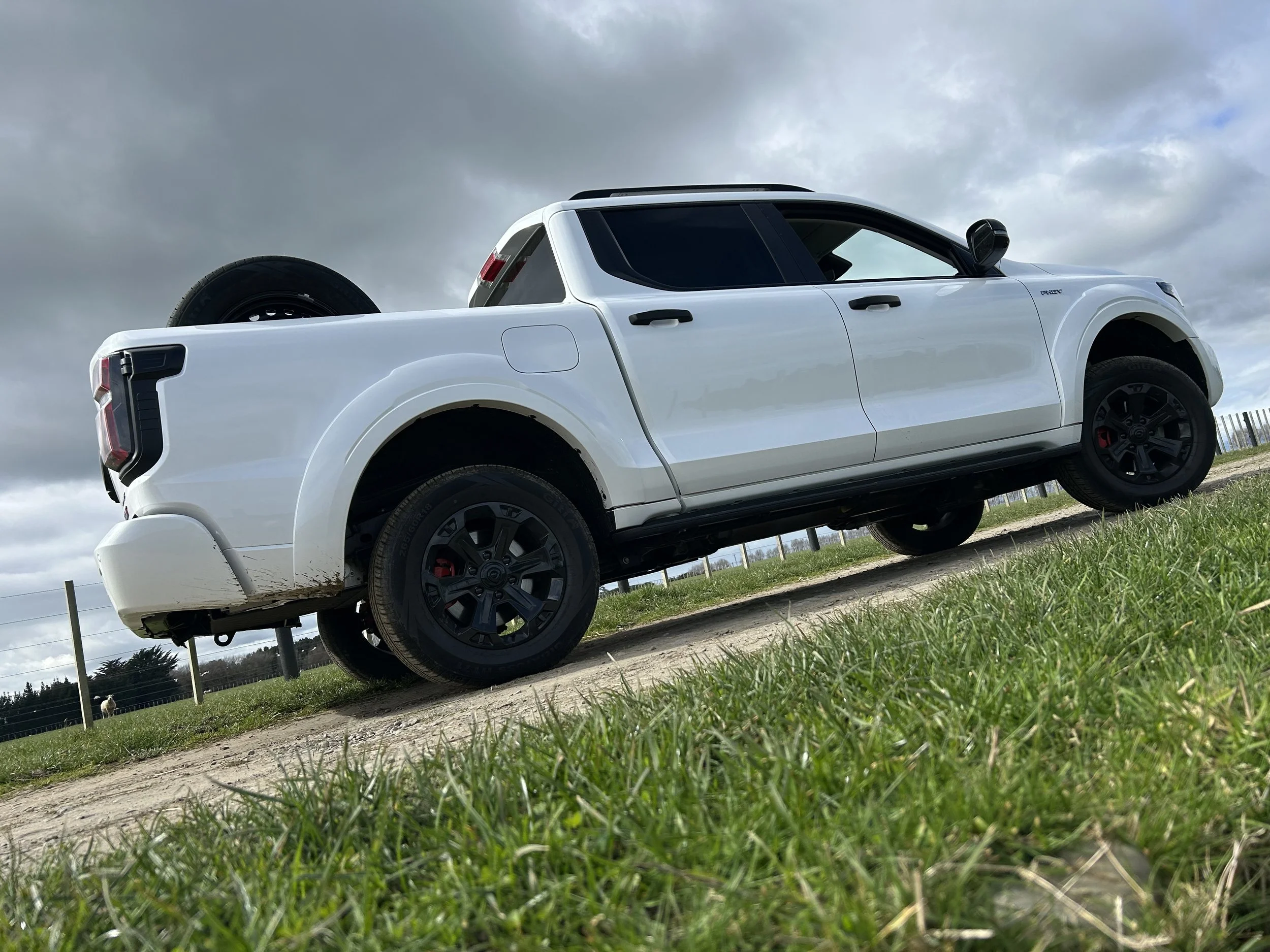Third dark month for car industry
/Desultory market reflects economic slowdown.
SOCIAL challenges and political influences have contributed to March being the third successive month of pain for the new car industry, the organisation representing distributors has suggested.
Motor Industry Association Chief Executive Aimee Wiley today said continued soft demand for new vehicles in March was attributable to the wider economic slowdown the country is currently facing.
In particular, higher interest rates to combat inflation have dampened consumer spending considerably.
Any expectation last month might deliver a stronger result than the dour counts from January and February, on strength March is the traditional end-of-financial-year trade, proved awry.
The MIA reported today that the 11,616 passenger and light commercial registrations for March were 4381 units shy of the same period of 2023 - so, a 27.4 percent drop - which was in itself difficult, being the period immediately after Cyclone Gabrielle.
The latest count is 9388 units/44.7 percent below March 2022. On a year-to-date basis, 2024 business is 10.8 percent/4091 units lower than 2023, 27.8 percent/13,056 units lower than 2022 and 23.4 percent/7951 units lower than 2021.
Passenger vehicle registrations are down 20 percent for the quarter, and commercial registrations down 7.4 percent.
Toyota continues to stay ahead of the market trend, holding its top spot on 1584 units, up 0.4 percent for a 20.9 percent share.
Kia was second in March on 968 units, down 22.8 percent for 12.8 percent of the market, while Mitsubishi claimed third on 808 units, a 50.2 percent climb for a 10.7 percent market share.
The top passenger car model for the month was the Toyota RAV4 on 791 units.
The next strongest performers were two Kias, the Stonic with 327 units and Seltos on 325. Mitsubishi’s Outlander and ASX were next on 316 and 308 respectively.
Ford was the top commercial brand, down 21.2 percent to 1133 units, most of that count achieved by the Ranger utility, still the top commercial and best-selling model overall for March, with 1006 sold.
The Mitsubishi Triton took second on 681, followed by the Toyota Hilux.
EV uptake remains a sticky situation. Having been under the shadow of the Model Y crossover for almost two years, the Tesla Model 3 claimed top volume in March - but that was a mere 129 cars.
Year to date, it has achieved 138 sales, whereas Model Y - the country’s second most popular EV choice in March - has claimed 244.
Cumulatively, those totals are well below the best count Model Y alone achieved in its strongest month of 2023, last June.
Also in the doldrums is another 2023 sales giant, the MG4. Just 66 have been sold to date this year, yet that’s enough for it to hold third place in the favourites’ stake.
The other big force from China, BYD, has also suddenly found life hard. The Seal sedan and the original entry Atto3 have so far achieved 63 and 38 sales respectively year to date.
Advocacy group Drive Electric is claiming removal of the Clean Car Discount has badly hurt EV interest.
It says its modelling suggests 100,000 and 350,000 fewer EVs will be enter the national roadscape by 2030 because the incentive has been abandoned.
Drive Electric chair Kirsten Corson says policy settings are increasingly favourable for petrol and diesel vehicles, adding there is a need for measures to encourage EV demand otherwise NZ risks losing models and volume to other right-hand drive markets, which will make a recovery slow.

















